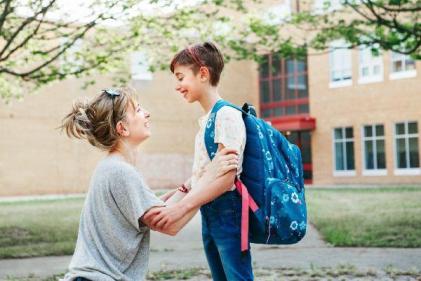 September is a prime time for head lice as the kids make their way back to school. Discovering your child has an infestation can be daunting, but don’t worry - here’s everything you need to know about lice:
September is a prime time for head lice as the kids make their way back to school. Discovering your child has an infestation can be daunting, but don’t worry - here’s everything you need to know about lice:
The Facts about Head Lice:
- Head lice are reddish-brown wingless insects. The female can lay up to 100 eggs.
- They are mainly transmitted by head-to-head contact, but can spread by sharing personal items.
- They cannot hop, jump or fly.
- Head lice are not a sign of being unhygienic.
Signs your Child has Head Lice:
- Your child is scratching or rubbing their scalp.
- Your child has marks or sores on their scalp or neck from scratching.
Checking for Head Lice:
- It’s best to check for head lice in wet hair that has conditioner in it.
- Use a special lice comb and comb the hair out in sections from root to tip.
- Check the comb and shake into a bowl after every stroke.
Dealing with an Infestation:
- Buy a special shampoo or lotion and apply to dry hair.
- No treatment will kill all the eggs, so you’ll need to repeat this a number of times, leaving a few days in between applications.
- Comb hair thoroughly using a special lice comb.
- Wash pillow cases in hot water (at least 60 C)
- Only treat those who have head lice.
Prevention:
- There is no guaranteed method of prevention.
- Early detection makes an infestation easier to deal with, so comb your child’s hair with a lice comb after each wash and be vigilant for signs of the insects.
- Warn children not to share bobbins, hairclips or brushes with other children.
- If your child has long hair, you should tie this back when he or she is in school.






